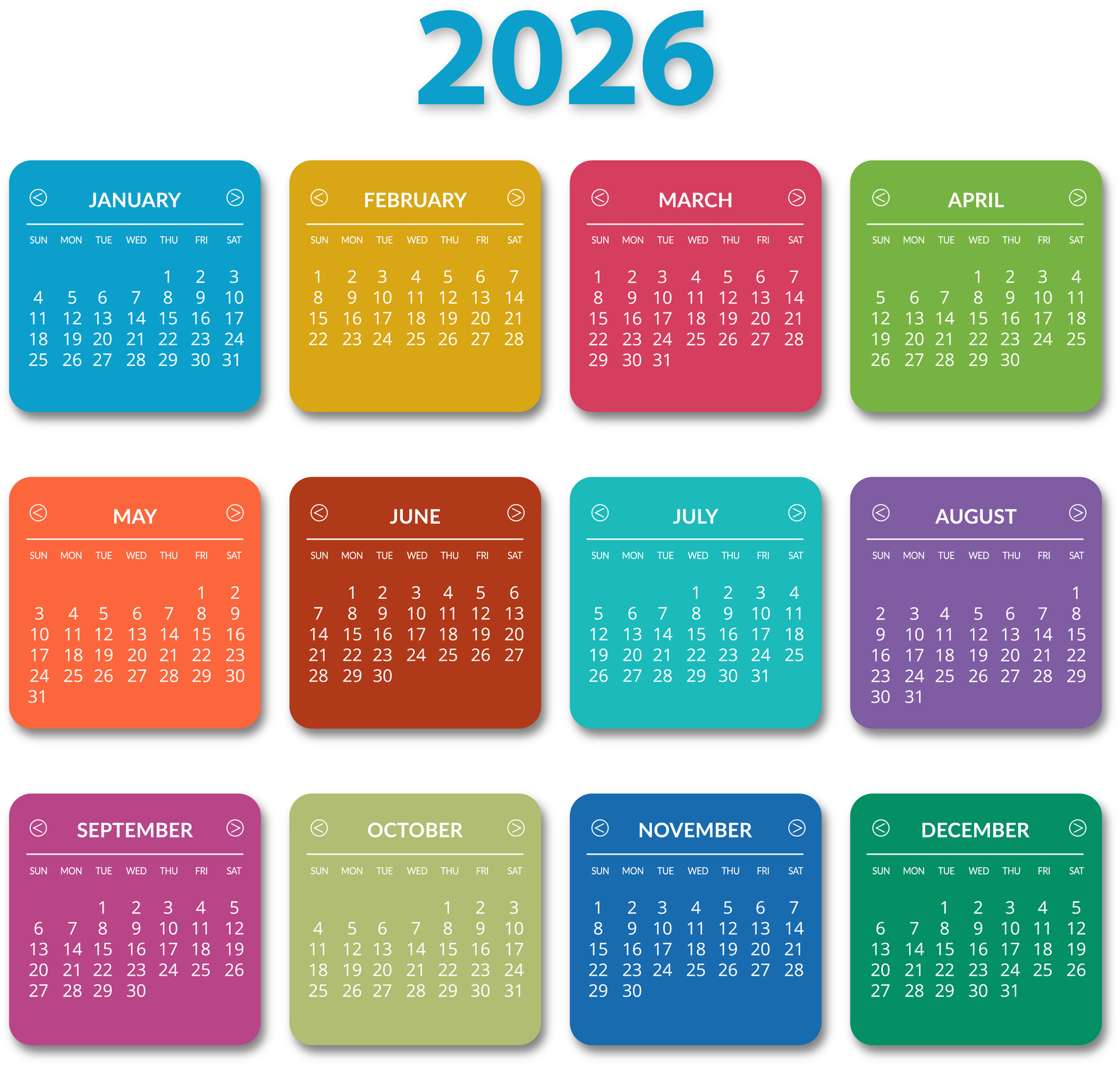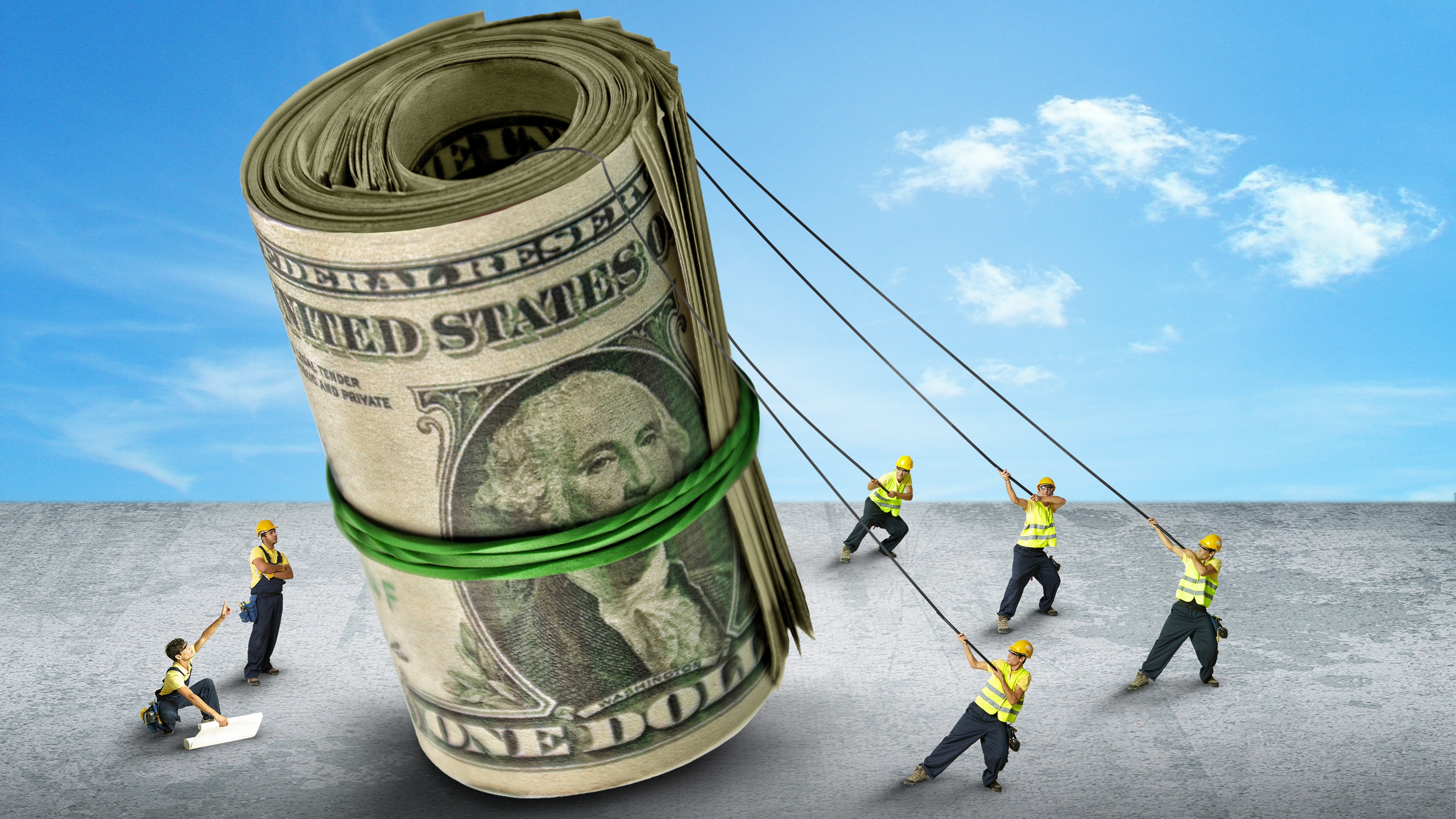The Haves-vs.-Have-Nots Problem Won’t Go Away Without Doing This
We need to work on improving our financial literacy – especially when it comes to women and children. Here are some ways to work toward that important goal.


What exactly is financial literacy?
People talk about it and write about it. It is a buzzword of sorts now, bandied about in many ways and contexts, particularly during Financial Literacy Month, which just wrapped up in April.
In fact, it is important to understand what it means, and why it is important to all of us.
From just $107.88 $24.99 for Kiplinger Personal Finance
Be a smarter, better informed investor.

Sign up for Kiplinger’s Free Newsletters
Profit and prosper with the best of expert advice on investing, taxes, retirement, personal finance and more - straight to your e-mail.
Profit and prosper with the best of expert advice - straight to your e-mail.
Financial literacy isn’t just understanding how to write a check and balance a checkbook (if that even applies anymore). It is having the confidence and understanding to manage one’s own finances, or lack thereof, and the wherewithal to figure out a prudent road forward that will support you and your family into retirement and beyond.
So why is increasing financial literacy important?
The growing divide between the “haves” and the “have nots” is real. And like education, being financially literate can help to lift a person from one category to the other.
The statistics tell the story: Women and people are color are most at-risk
- There has been a steep decline in financial literacy in recent years with regard to more complex topics, including inflation, financial risk and mortgages rates. The nation has seemingly backtracked, as the number of Americans surveyed by the FINRA Investor Education Foundation who could correctly answer most questions on important financial topics plummeted by 8 percentage points in 2018 compared with 2009 — 34% versus 42%, respectively.
- Specific segments of the population fared worse than others. The study showed a lower level of financial understanding among respondents who were Black, younger or had low incomes.
And, while the lack of financial literacy applies to both men and women, on average, women score lower when answering financial literacy questions than men, the Federal Reserve found. Although it is not entirely understood why the gap in financial literacy exists, one factor may be the gender roles that have defined societal standards in dealing with finances. For example, historically in affluent households, the male partner in a marriage has more often been the one in charge of making financial decisions. With the financial responsibility on the shoulders of one spouse, the other may not feel the need to expand their knowledge of making, saving and investing money.
Why are the numbers getting worse? There may be many reasons, but some point to smaller school budgets in the years since the Great Recession, which has yielded lower math literacy among students.
Financial education is one of the great dividers
So where do we start?
As we do with many issues, let’s start with education.
Teaching children from a young age about financial fundamentals is the first step. Financial education is one of the keys to economic success for any individual.
In 2019, the U.S. Financial Literacy and Education Commission recommended that colleges require financial literacy courses as part of their curriculum, and as of 2021, 25 states have introduced bills requiring personal finance education for high schoolers.
By taking action to increase financial education at home and in our communities, we are supporting the closure of the financial-education gap, which also affects our economy on a more general level.
Having a sense of financial literacy at a young age, or having an adult who can help, might enable a student to make good choices and keep them from going into significant debt at a young age.
For example:
Student loan debt
This is a big one. Too many students (or their parents) go into college not fully cognizant of the weight that student loan debt will place on them after college. Understanding the consequences of taking on a significant amount of debt of any kind is critical to not graduating “in the hole” and then having a career that does not realistically get you out of that debt until you are in your 30s.
If you are paying down student loan debt for more than a decade, combined with the lack of income you could be saving and investing, the losses are considerable.
Credit card debt
The lure of plastic and “unlimited” spending power at a young age is like the call of the Sirens. And like the Sirens, this kind of spending could put a young adult on the rocks with crushing financial problems if they do not understand the dangers of accruing debt with significant interest.
I have seen young professionals paying off credit card debt from college. (And not at student loan rates.)
And let’s not forget the millennials and other adults who now realize they don’t know what they want to know – or need to know – about their own financial fitness.
Fortunately, there are great online resources to help with this, including https://handsonbanking.org/ (in English and Spanish) and programs supported by the National Endowment for Financial Education, among many others.
Financial literacy is important. Not just during Financial Literacy Month, which was in April, but during every month of the year.
Much like learning to read, financial literacy affects each of us because of the ripple effect it has on our economy and the growing financial divide. And most critical, a lack of financial literacy also directly affects the success and potential of another generation of children and their families.
Profit and prosper with the best of Kiplinger's advice on investing, taxes, retirement, personal finance and much more. Delivered daily. Enter your email in the box and click Sign Me Up.

Stacy is a nationally recognized financial expert and the President and CEO of Francis Financial Inc., which she founded over 20 years ago. She is a Certified Financial Planner® (CFP®), Certified Divorce Financial Analyst® (CDFA®), as well as a Certified Estate and Trust Specialist (CES™), who provides advice to women going through transitions, such as divorce, widowhood and sudden wealth. She is also the founder of Savvy Ladies™, a nonprofit that has provided free personal finance education and resources to over 25,000 women.
-
 3M, GM, Blue Chips Lead to the Upside: Stock Market Today
3M, GM, Blue Chips Lead to the Upside: Stock Market TodayThe S&P 500 followed the Dow Jones Industrial Average into green territory, but the Nasdaq lagged the other indexes because of its tech exposure.
-
 Social Security Payment Schedule for 2026
Social Security Payment Schedule for 2026Find out when you can expect your 2026 Social Security payments and the date you get paid when your scheduled day falls on a holiday.
-
 Should Your Brokerage Firm Be Your Bookie? A Financial Professional Weighs In
Should Your Brokerage Firm Be Your Bookie? A Financial Professional Weighs InSome brokerage firms are promoting 'event contracts,' which are essentially yes-or-no wagers, blurring the lines between investing and gambling.
-
 Supermarkets Have Become a Pickpockets' Paradise: How to Avoid Falling Victim
Supermarkets Have Become a Pickpockets' Paradise: How to Avoid Falling VictimSome stores regularly rearrange inventory with the aim of increasing purchases, and they're creating opportunities for thieves to steal from customers.
-
 I'm a Wealth Adviser: These Are the Pros and Cons of Alternative Investments in Workplace Retirement Accounts
I'm a Wealth Adviser: These Are the Pros and Cons of Alternative Investments in Workplace Retirement AccountsWhile alternatives offer diversification and higher potential returns, including them in your workplace retirement plan would require careful consideration.
-
 I'm a Financial Planner: If You're Within 10 Years of Retiring, Do This Today
I'm a Financial Planner: If You're Within 10 Years of Retiring, Do This TodayDon't want to run out of money in retirement? You need a retirement plan that accounts for income, market risk, taxes and more. Don't regret putting it off.
-
 Five Keys to Retirement Happiness That Have Nothing to Do With Money
Five Keys to Retirement Happiness That Have Nothing to Do With MoneyConsider how your housing needs will change, what you'll do with your time, maintaining social connections and keeping mentally and physically fit.
-
 Budget Hacks Won't Cut It: These Five Strategies From a Financial Planner Can Help Build Significant Wealth
Budget Hacks Won't Cut It: These Five Strategies From a Financial Planner Can Help Build Significant WealthCutting out your daily latte might make you feel virtuous, but tracking pennies won't pay off. Here are some strategies that can actually build wealth.
-
 To Unwrap a Budget-Friendly Holiday, Consider These Smart Moves From a Financial Professional
To Unwrap a Budget-Friendly Holiday, Consider These Smart Moves From a Financial ProfessionalYou can avoid a 'holiday hangover' of debt by setting a realistic budget, making a detailed list, considering alternative gifts, starting to save now and more.
-
 Treat Home Equity Like Other Investments in Your Retirement Plan: Look at Its Track Record
Treat Home Equity Like Other Investments in Your Retirement Plan: Look at Its Track RecordHomeowners who are considering using home equity in their retirement plan can analyze it like they do their other investments. Here's how.